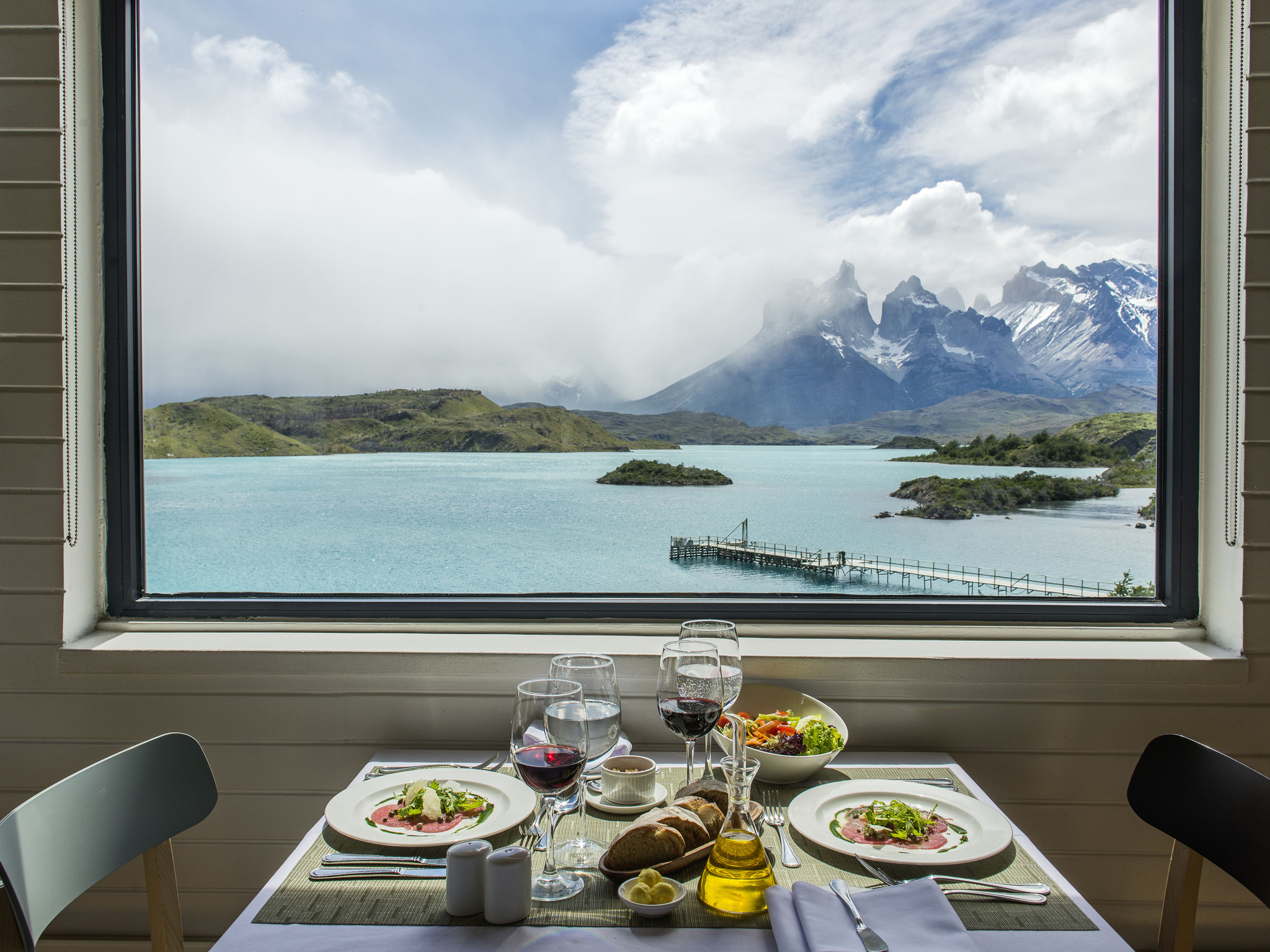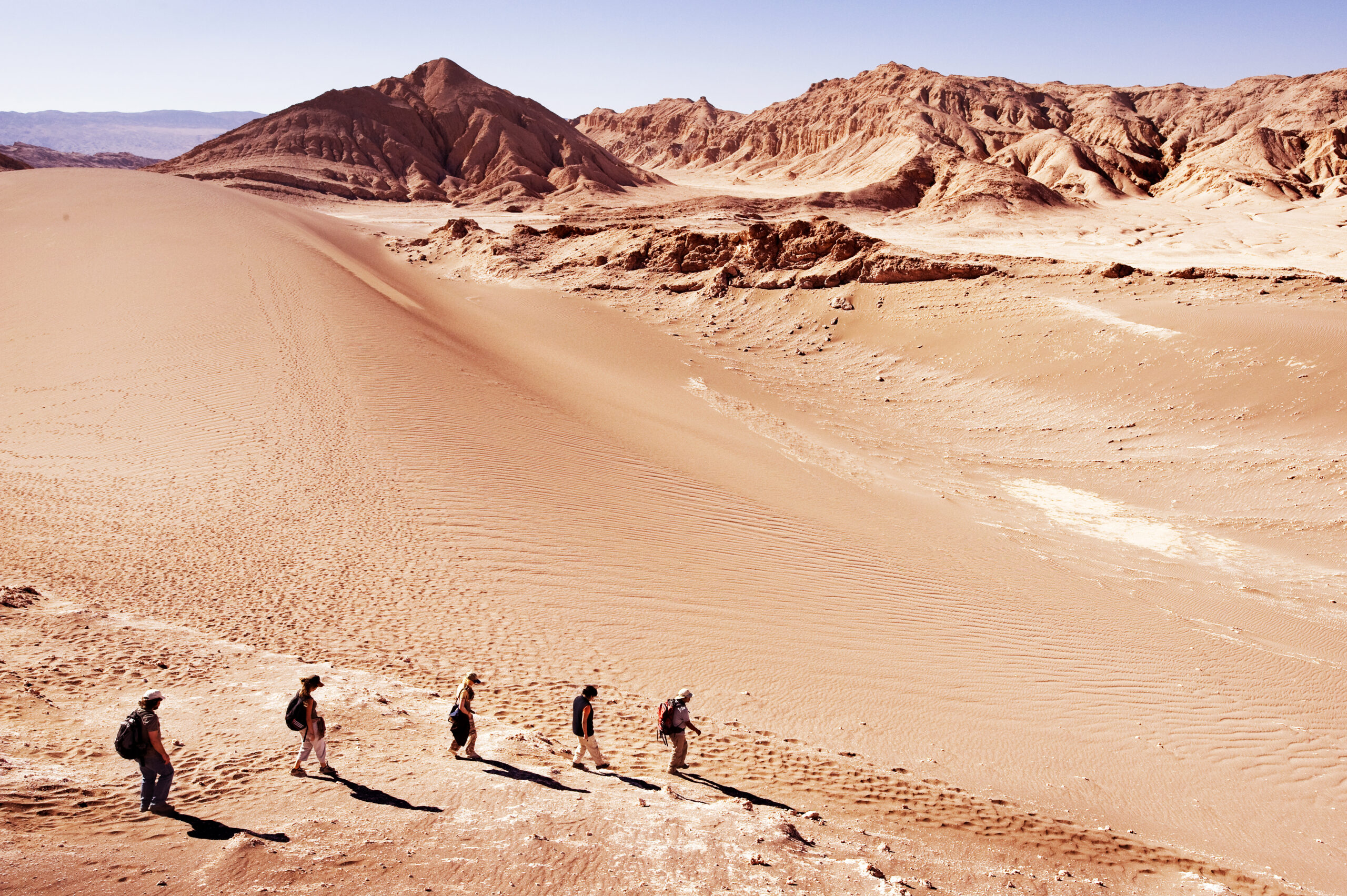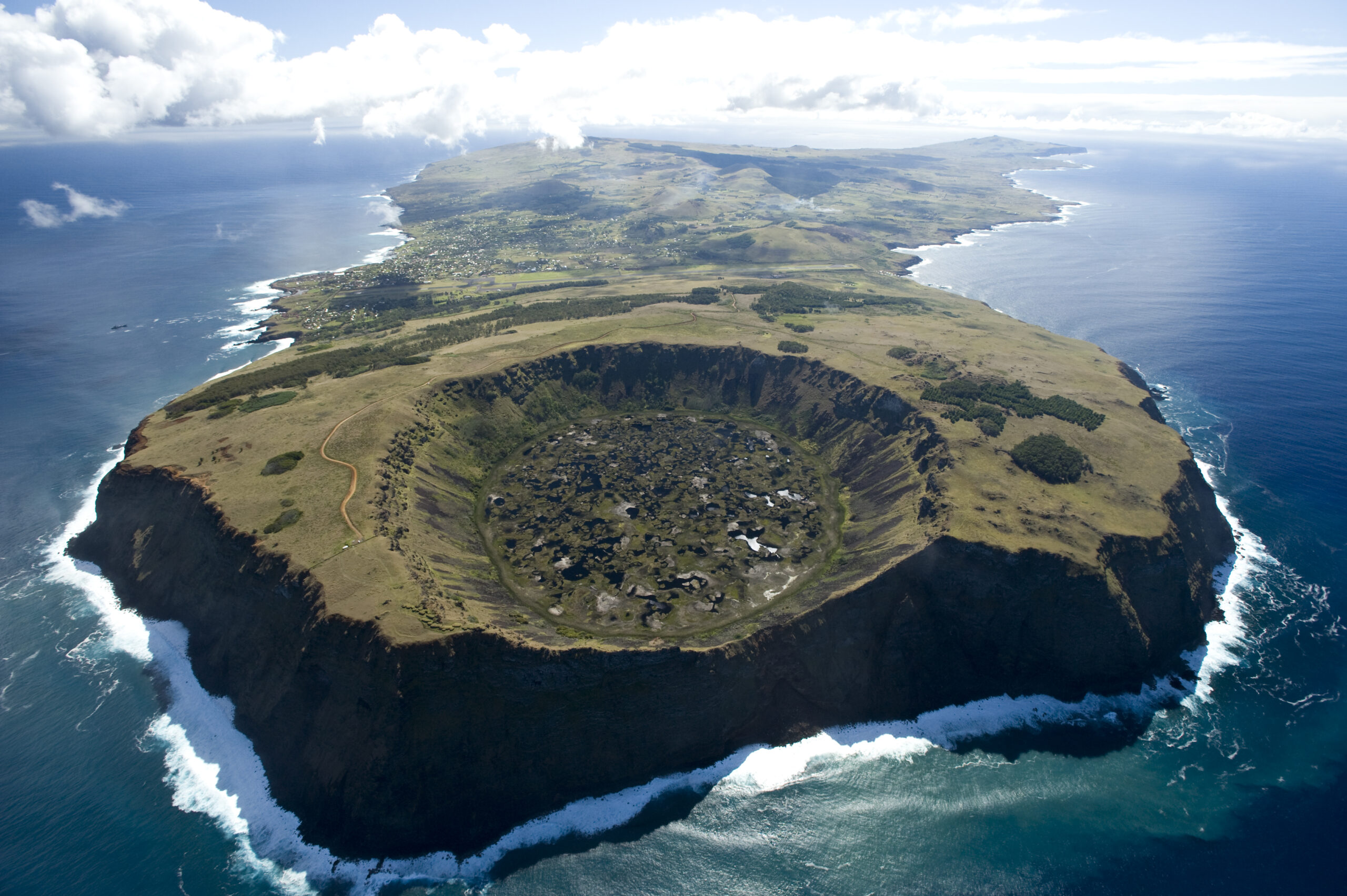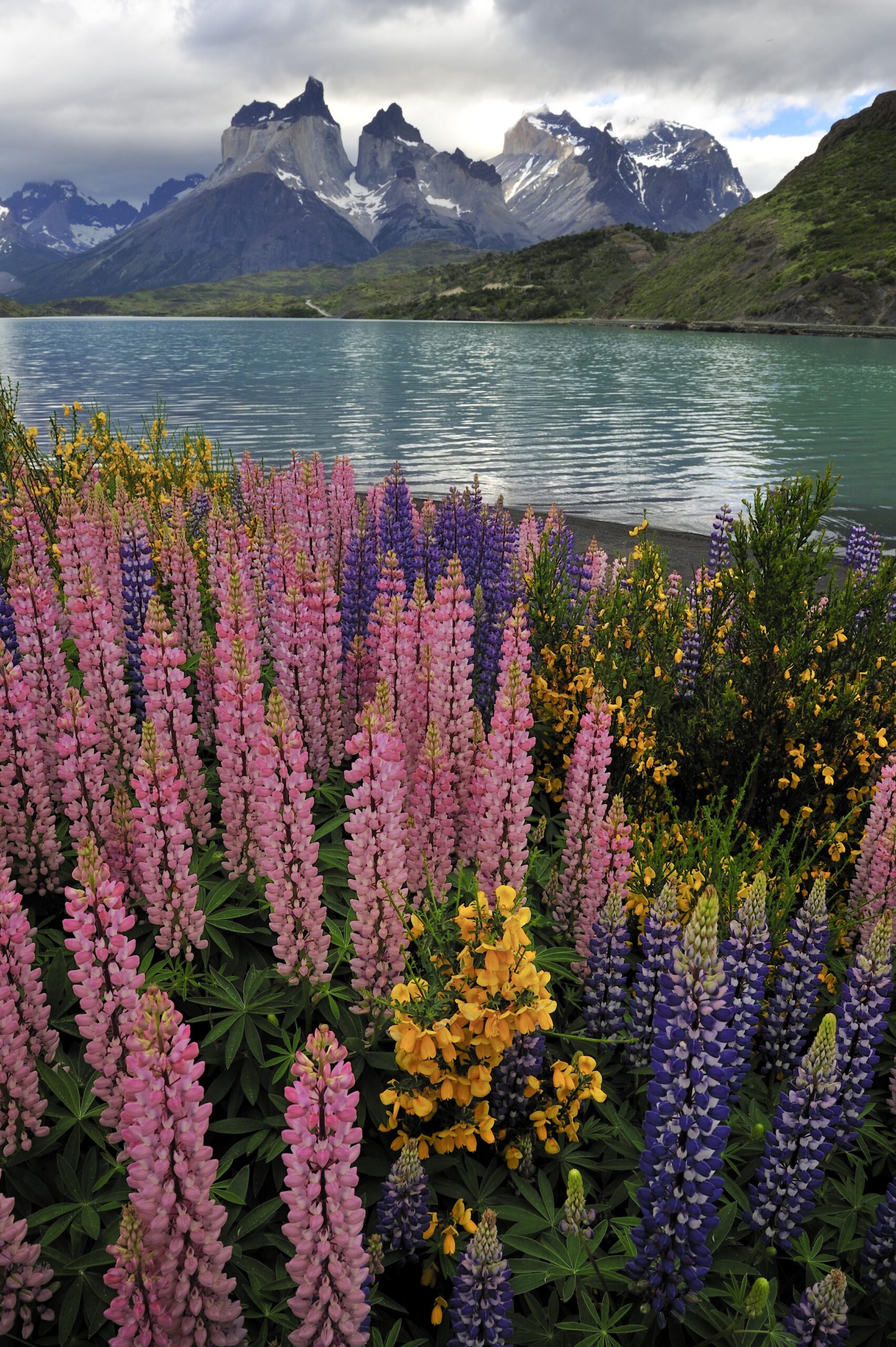Fascinating Facts About the Longest Country in the World – Chile
What’s long and lean, coastal and mountainous, high and dry? Chile. And that’s only scratching the surface. The ever-innovative expedition company, Explora, which is based in the capital city of Santiago and drawn to remote regions and cultures throughout South America, has compiled a handful of intriguing details of the land affectionately known as La Roja – “The Red,” that is, same as its national football team, which plays a sport affectionately known as “soccer.” Well, in the U.S., at least. But that’s another story…

Torres Del Paine National Park
- Who knew Chile was the longest country in the world? Actually, probably a lot of people – just look at a map! Still, the details are pretty neat. Set snug along the western edge of the Andes Mountains, Chile runs 4,270 kilometers (2,653 miles) from the Diego Ramírez Islands and Cape Horn in the south to the borders of Peru and Bolivia in the north. If you laid out Chile smack in the middle of North America it would stretch from the U.S. border with Canada all the way to southern Mexico.
- Who knew Chile was so skinny? With an average width of just 177 kilometers (110 miles), Chile is the narrowest country in the world. Its broadest point near Antofagasta is only 356 kilometers (221 miles) while its narrowest point at Illapel is just 90 kilometers (56 miles).
- Who knew that Chile spans three continents? While it is primarily laid out in the South American continent, Chile also has sovereignty over Easter Island (a.k.a., Rapa Nui) way out in Oceania in the tropical Pacific Ocean. The country also claims Territorio Chileno Antártico, a territory of Antarctica that at least partially overlaps similar claims by Argentina and Britain. The territory is occupied with eight bases of operation, four of which operate year-round solely for scientific research.

Chile’s Atacama Desert
- Who knew Chile had so many climates? Thanks to its unusual length and the diversity of its landscapes and ecosystems, Chile has seven distinct climates, ranging from desert in the north through Mediterranean, alpine, tundra, humid subtropical and oceanic along its spine, to frosty polar in Antarctica.
- Who knew Chile was so volcanic? There are at least 2,000 volcanoes in Chile, of which 500 are considered geologically active. Within the area of San Pedro de Atacama, departure point for the adventures of Explora Atacama, there are four volcanoes including Lincancabur, Lascar, Putana and Sairecabur. Meanwhile, Easter Island is a volcanic high island consisting of three extinct coalesced volcanoes: Terevaka, Poike and Rano Kau. The vast majority of the silent moai that give Rapa Nui its cache were carved of tuff, a compressed volcanic ash. The island is shaped like a triangle, with a volcano in each corner -Poike, Rano Kau and Terevaka – but there’s also Rano Raraku Volcano, known as the “moai quarry.”
- Who knew Chile has the highest, driest desert on the planet? The Mars-like Atacama Desert along the Pacific coast west of the Andes also has some of the clearest skies anywhere, making it the perfect spot for ALMA, a radio astronomy telescope built by Europe, Japan, Canada, the U.S. and Chile. It’s the world’s largest astronomical project. While Explora travelers can’t squint at the heavens through ALMA, they can examine the Southern night sky through the Meade 16-inch f/10 LX200R Advanced RC Telescope at Explora Atacama. The scope is outfitted with premium-grade optical glass, a Super Wide-Angle Eyepiece, and a “piggy bracket” for mounting digital cameras for spectacular shots. Prepare to be dazzled.

Easter Island (Rapa Nui)
- Who knew Chile bordered such rough water? Way down south at the tip of Chile lays Cape Horn, the southernmost part of Tierra del Fuego Island, which used to be considered the most southerly point in South America. Not anymore – but whatever. Cape Horn is not only south enough, it also borders the Drake Passage, a notoriously rough, 800-kilometer-wide (500-mile-wide) stretch of open blue named for the English privateer Sir Francis Drake. Cut across the narrowest part of the passage and you’ll hit Antarctica’s Snow Island located 130 kilometers (81 miles) from the frosty mainland.
- Who knew so many people visit Chile? Some 5.3 million in 2019 alone, in fact, including 220,000 from the United States. A fortunate sliver of them enjoy the Explora experience. And they’re never the same.
- Who knew the Nobel Prize-winning author Pablo Neruda could be so descriptive? He did say Chile “was invented by a poet,” after all.

Torred del Paine National Park